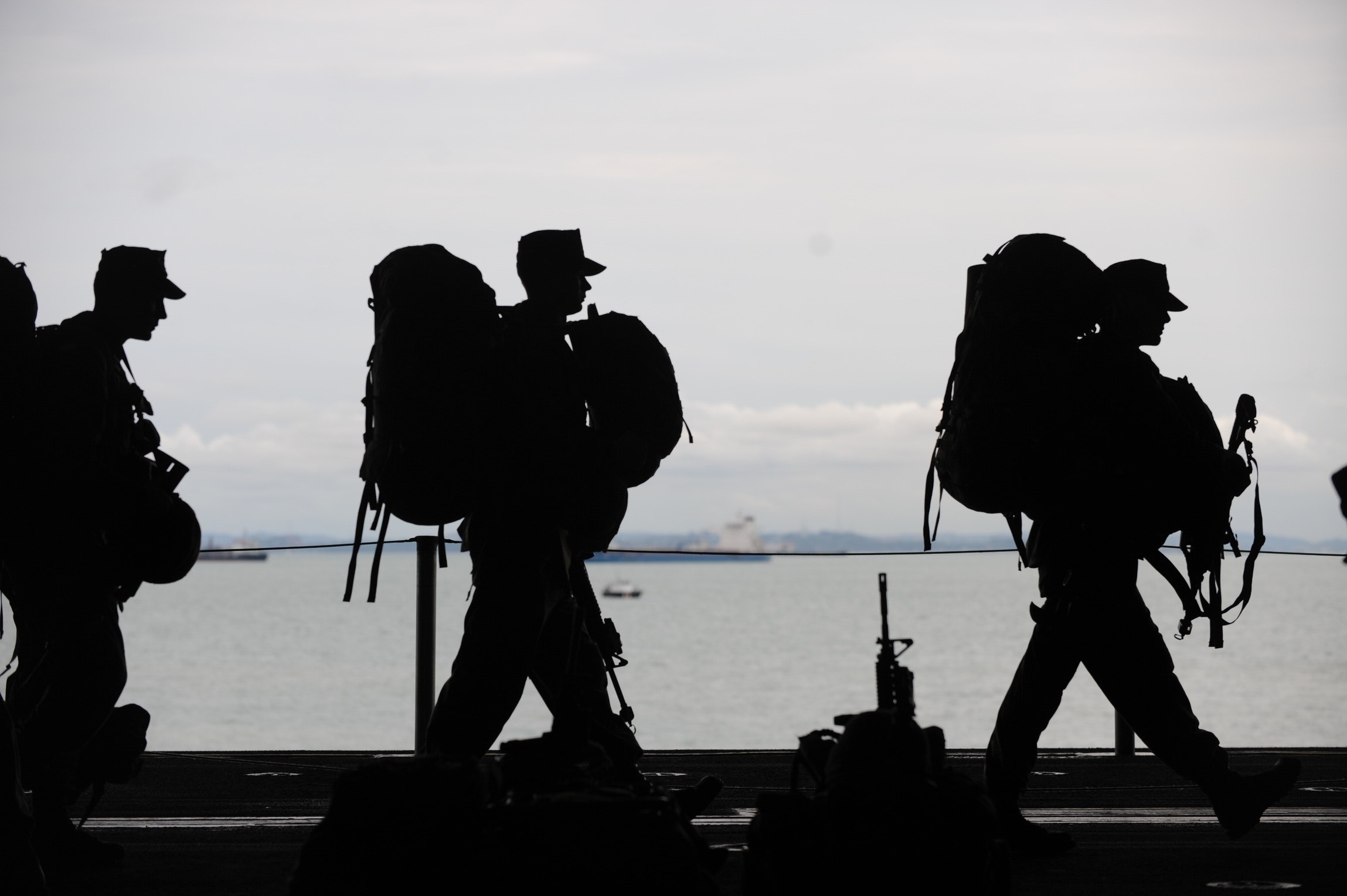
How Are Plastics for the Military Manufactured and Used?
At Clark Rubber and Plastics, we have a proud history of providing parts that can withstand high-stress scenarios. Our team knows plastics need to be of high standards to meet the strict needs of the military and defense industries. Our experience in constantly meeting these requirements makes us one of the top military parts manufacturers.
We strive to build long-term relationships with each client by working to know their needs. With a reliable partner, you can source parts from providers who’ll make and deliver them when you need them most.
Today, we’ll discuss the assembly process of military plastics. We’ll also talk about how the military industry uses plastics to help improve how they function.
The Assembly Process
The military builds its plastic products through a process called plasdtic injection molding. Here are the steps we follow to create a product:
- Build or choose a custom plastic mold
- Choose components to best address the project needs
- Inject the molten parts inside the mold
- Allow them to cool down
- Put together the end product
Depending on the design and parts, it can help a product withstand hot weather and vibrations. These products can also resist water and protect troops on the front lines from explosions and other dangers.
We perform the injection molding process with many types of materials, including:
- Confections
- Elastomer
- Glass
- Metals
- Polymer
Using plastic moldings instead of metal can save you significant amounts of money on equipment costs. They are also strong and durable, making them popular in a variety of industries.
5 Ways We Use Plastics To Improve Functionality
Plastics can provide you with many features that other types of parts can’t. At Clark Rubber and Plastics, we work with military parts manufacturers to make components that will last.
Here are some of the funcitonal benefits of our plastics:
1.) Lightweight Gear for Troops
Plastics can provide troops on the front lines with flexibility that other parts may not. They allow you to have the proper strength-to-weight ratio. Military plastics can be as durable as metals but will help reduce the weight of the equipment.
Tactical gears for troops need to be light enough for them to carry. They also need to have the strength to handle any scenarios while they’re on duty. With plastic materials, you can build gear that provides our troops with comfort and helps keep them safe.
2.) Short Manufacturing Lead Times
Using metals to build products requires a workshop to cast them into the right shape before even beginning production. Metal products will require long time frames to complete the whole process.
Plastic resins offer you short lead times to have your product ready when you need it. They only need a small amount of mixture and pellet formation. These processes will allow you to mold them into parts more quickly. You’ll also be able to have the final product ready to ship out on time to your clients.
3.) Improved Corrosion Resistance in Equipment
Jets and gears that contain metal can corrode slowly over time. By using plastic to build products, you can get around this issue.
You can also add UV stabilizers and other anti-corrosion parts into plastic resin before you mold the parts. With plastic elements, your equipment and combat vehicles will perform in optimal condition on the field or in the sky.
4.) Reliable, Precise Products
Many military apps need to have top precision to work in rapidly changing environments. Optical gear and small hand-held tools must have reliable and measurable preciseness to function at their best.
Plastics can provide you with that precision for the duration of the process. You won’t need to tweak the tools or minor components to build your products. Plastic parts won’t alter past their levels and will help you gain the best readings.
5.) Stealth-enhancing Product Features
Metal parts can leave large sonar or radar echo signs. They can also leave heat source footprints that other forces may see. Plastic resins can help you upgrade your stealth functions for military operations.
Here are some ways non-conducting resin can help strengthen your forces:
- Domes with polymer elements can shield detection tools and hide vibration on ships and planes.
- Military choppers with acoustic and infrared radar with polymer foam blades help you hide your position from the enemy.
- Polymer coating on military trucks can help you counter visual detection from enemy forces.
By staying undetected, your forces will gain the upper hand and stay safe while on the front lines.
Military Parts Manufacturers: Keeping Our Forces Strong
Our team has put together quality assurance systems that help products meet or exceed the safety goals of our clients. At Clark Rubber and Plastics, we have a track record of providing military and defense complexes with high-quality products and fast turnaround times. We also are flexible in helping you carry out short or full production runs in the moments that matter most.
Contact us today to learn more about our plastic manufacturing functions and how we can help you grow in your industry.
